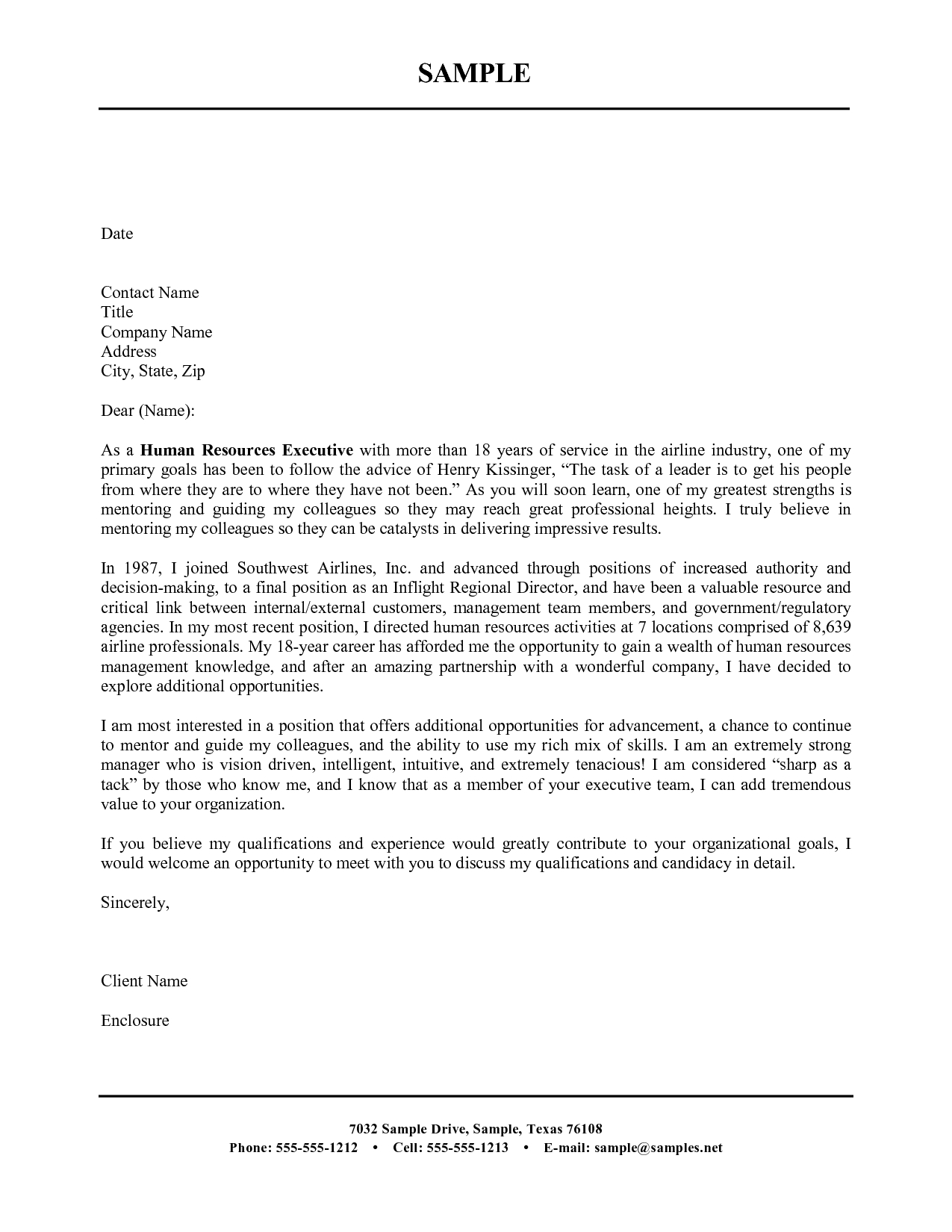

Whereas in the opening paragraph, you tell the employer you’re right for the job, in these paragraphs, you should show them by using numbers or telling a story that illustrates your abilities. It’s one or two paragraphs where you expand on the most relevant parts of your experience or education.


Then, you should cite the top skills that make you qualified for the role. It should also briefly say why you are applying for the job.

Include your telephone number, professional email address and links to your LinkedIn profile, personal website or online portfolio, if applicable. Header: The header of your cover letter contains your contact information.At its most basic, a well-written cover letter is composed of five key sections: Our sample cover letters show you all the elements of a strong cover letter. Furthermore, they add more detail to your abilities and performance level. That’s because numbers pop out and grab the attention of the person reading your cover letter. Saying something like, “Analyzed ways to reduce costs, enhance revenues and improve profits 33%,” will help you. Including numerical metrics helps quantify your skills to a potential employer. Turn the lifeless details of your resume into an engaging story! For example, instead of just restating that you are organized, you could expand on this by including a line about how you used that skill to revamp the company filing system, which increased efficiency. Cover letters should elaborate on key details in your resume, not repeat them. Targeting your cover letter to the job post helps ensure that you pass an ATS. ATS is software that scans your resume and cover letter for specific phrases. Furthermore, many companies use applicant tracking systems (ATS). That way, it speaks to an employer’s needs and better appeals to them. Make sure you tailor your letter to the employer’s needs based on what it says in the job post. Customize your cover letter for every role.Here are three helpful cover letter tips:


 0 kommentar(er)
0 kommentar(er)
